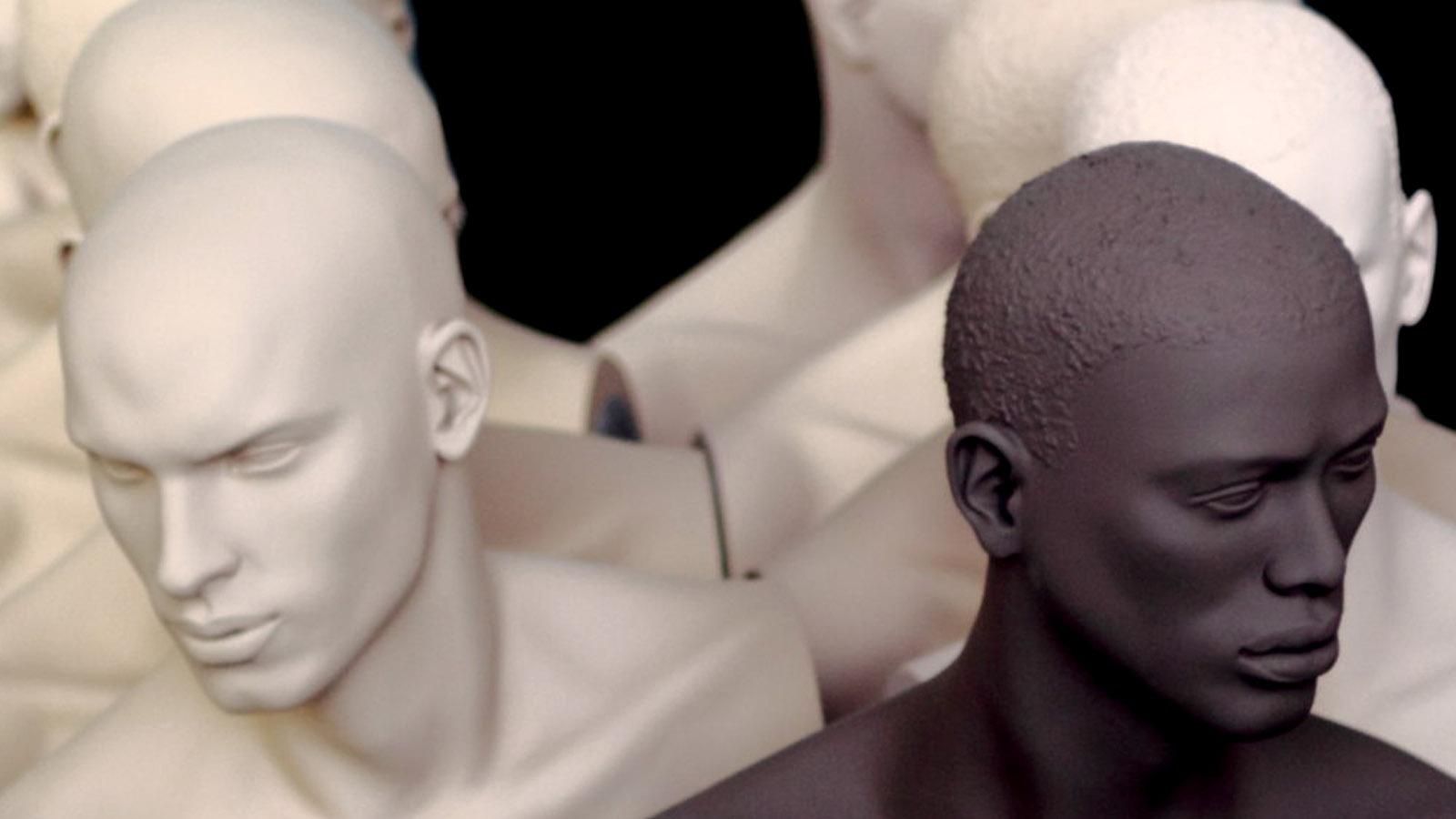�
That’s a quote from Justice Sonia Sotomayor’s five-mic dissent to a U.S. Supreme Court decision, delivered earlier this week, which struck yet another major setback to civil rights protections.
The decision specifically addressed affirmative action at state-run universities, but those words — “I do not belong here” — made me think about Dr. Clarice Gaylord, who helped usher African Americans into jobs at the Environmental Protection Agency, a place where, as in many government institutions, black people were made to feel like they did not belong. It also made me think about my recent writings about the national parks, where belonging is still a sore matter for people of color — both park visitors and managers.
While many commenters played defensive about those lands — a few were overprotective to the point of Cliven Bundy-ism — some chimed in from the more productive perspective of providing examples of progress. I also fielded a bunch of emails from people providing examples of efforts to diversify the parks. Most of those examples fell into one of two categories:
- Projects or programs that draw young people of color out of the city to the great outdoors to teach them out about nature; or,
- Organizations, figures, or trailblazers of color who have started blogs, camps, or nature projects to draw more people of color to outdoor activities.
Many of these were unique, innovative, sometimes heroic efforts and I wish I had the bandwidth to write about all of the worthwhile causes. But after each example I read about, I couldn’t help but feel that there was something missing from these efforts. It’s not that they are irrelevant. But while almost all of them are great as conversation starters around diversity, the onus, quite frankly, should not be on people of color to find ways to “reconnect” with nature. The onus really should be on those powers and structures that have aided and abetted the exclusion of people of color to own up to those racial wrongs and then learn from the excluded how to correct that.
Affirmative action is one way, albeit imperfect, to achieve at least the first part of that — widening hiring policies so that more African Americans and people of color can not only obtain more jobs, but also rise to managing and directing roles. The National Park Service has been dismal at this. To understand why, we have to first acknowledge that lack of diversity is a symptom of a bigger problem, as Daniel Jose Older wrote recently in Buzzfeed.
I say this at risk of offending those who’ve sent me their diversification examples, and I promise, that is not my intent. Still, like affirmative action, diversity just starts the conversation; only justice can complete it. If we can’t get those two basic components right, we are missing the opportunity to obliterate the deeper rooted problem, which is racism.
It is not enough to merely scholarship in a few black and Latino kids to a parks academy or camp project. Nor is it enough to hold up a few examples of African Americans or Native Americans who are doing nature hikes and biking programs in the mountains. Same goes for creating a few carve-outs in the curriculums of school lessons and government education outreach that show where black, Latino, and Native Americans fit into the larger narrative.
In my opinion, to complete that circle, the directors of the National Park Service have to abandon their siloed expertise around “parks” and attend the academies of racial justice thought leaders. They need to intern and integrate themselves into conferences held by organizations like Advancement Project and Race Forward so that they might better understand what justice means from the perspective of the excluded. They should subscribe to the scholarship and writings of any of the 25 entities listed by Jenee Desmond Harris at The Root on critical race theory. Shit, they need to subscribe to The Root, and my other blog home, Colorlines, and make them part of their regular reading digests.
They should also look more deeply to the 2011 report “Assessing African-American Attitudes Toward the Civil War,” which the National Park Service helped commission. The report’s authors surveyed focus groups about how African Americans would like their experiences interpreted to the broader public, and by whom. Two responses leaped out at me:
“Imagery. We need to see people who look like us — Black people — to feel comfortable. They need to be part of the staff and decision-makers.”
“We keep getting people from, no offense, these big universities up north somewhere to come down and to tell us about the south. We need to invite people who look like African Americans — not just our White friends … We need people from the Talladegas, the Tugaloos, the Tuskegees, because they have kept a record of this history … We really need to bring the people who have lived these experiences.”
Among the report’s findings were concerns that a “backlash from traditional, white Southerners” might emerge if African American’s experiences became too prevalent in the Park Service’s Civil War constructions. Such backlashes could only happen because the white men orchestrating the Civil War and the white men who later created the National Park Service did not have black people’s experiences in mind.
One of the report’s recommendations is that the Park Service “explore land ownership by African Americans in the area after the war.” For many of those parks, land was taken — sorry, federalized — from Native Americans and from formerly enslaved African Americans. As Henry David Thoreau wrote, “the history of slavery and its aftermath reveals that at least some of our nation’s cherished green spaces began as black spaces.” Jim Crow policies kept people of color out of the parks for decades, or pushed them into inferior, segregated parts. For a fascinating accounting of this, read Andrew Kahri’s The Land Was Ours: African American Beaches from Jim Crow to the Sunbelt South.
Yes, let’s talk about these things; let’s explore them. But rounding that out, the victims of all of this deserve their just due. That means reclamation of land, prioritization for jobs not only as staff, but, as the respondent mentioned above, as “decision-makers.” If this kind of affirmative action sounds like racial preference, then so be it. But it’s really about justice — not just for past problems, but those felt today — the kind that make people of color feel like they don’t belong.
In a previous Supreme Court ruling, Chief Justice John Roberts said: “The way to stop discrimination on the basis of race is to stop discriminating on the basis of race.”
By that twisted logic, the way to stop poverty is to stop being poor. Justice Sotomayor had an answer, though: “The way to stop discrimination on the basis of race is to speak openly and candidly on the subject of race, and to apply the Constitution with eyes open to the unfortunate effects of centuries of racial discrimination.”



